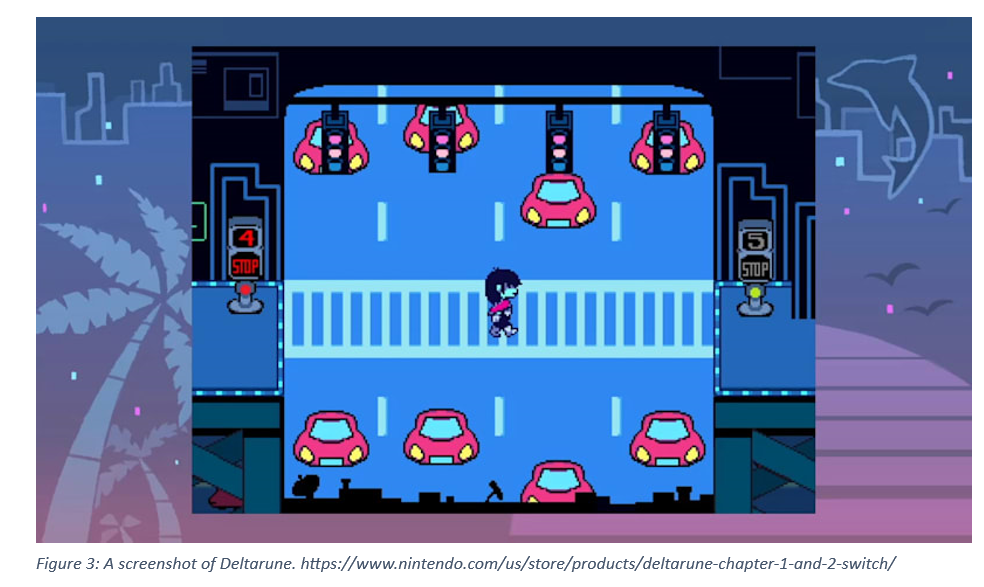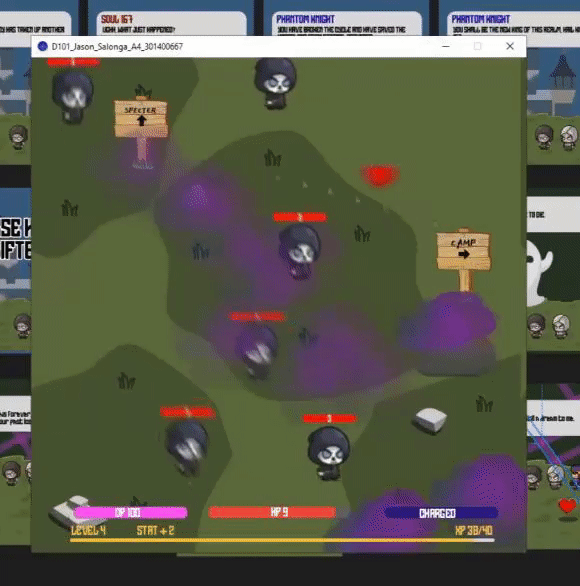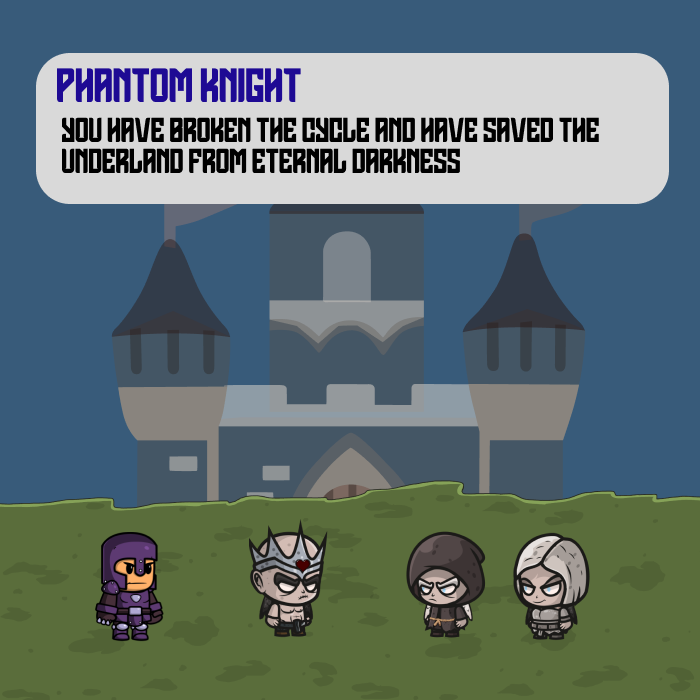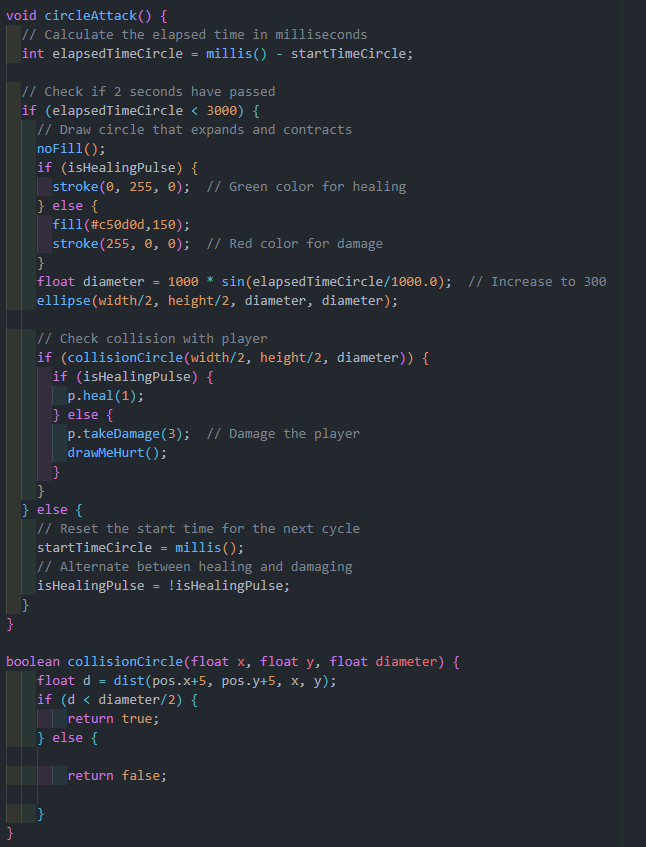
My Inspiration
Underland was mainly inspired by various designs from video games that would create a unique experience within its genre. The gameplay primarily focuses on providing an experience for individuals who enjoy character progression, customization, and strategic decision-making traits which are found in modern RPGs.
Similar to games such as Dark Souls and Undertale, my gameplay principle was about emphasizing the player's adaptability towards new mechanics that are introduced and found from the various enemies within the levels. The narrative design took inspiration from following storytelling structures such as Undertale and Shovel Knight by displaying a thematic world that would add onto the overall immersion.





